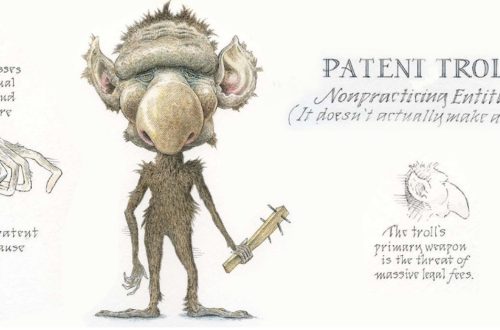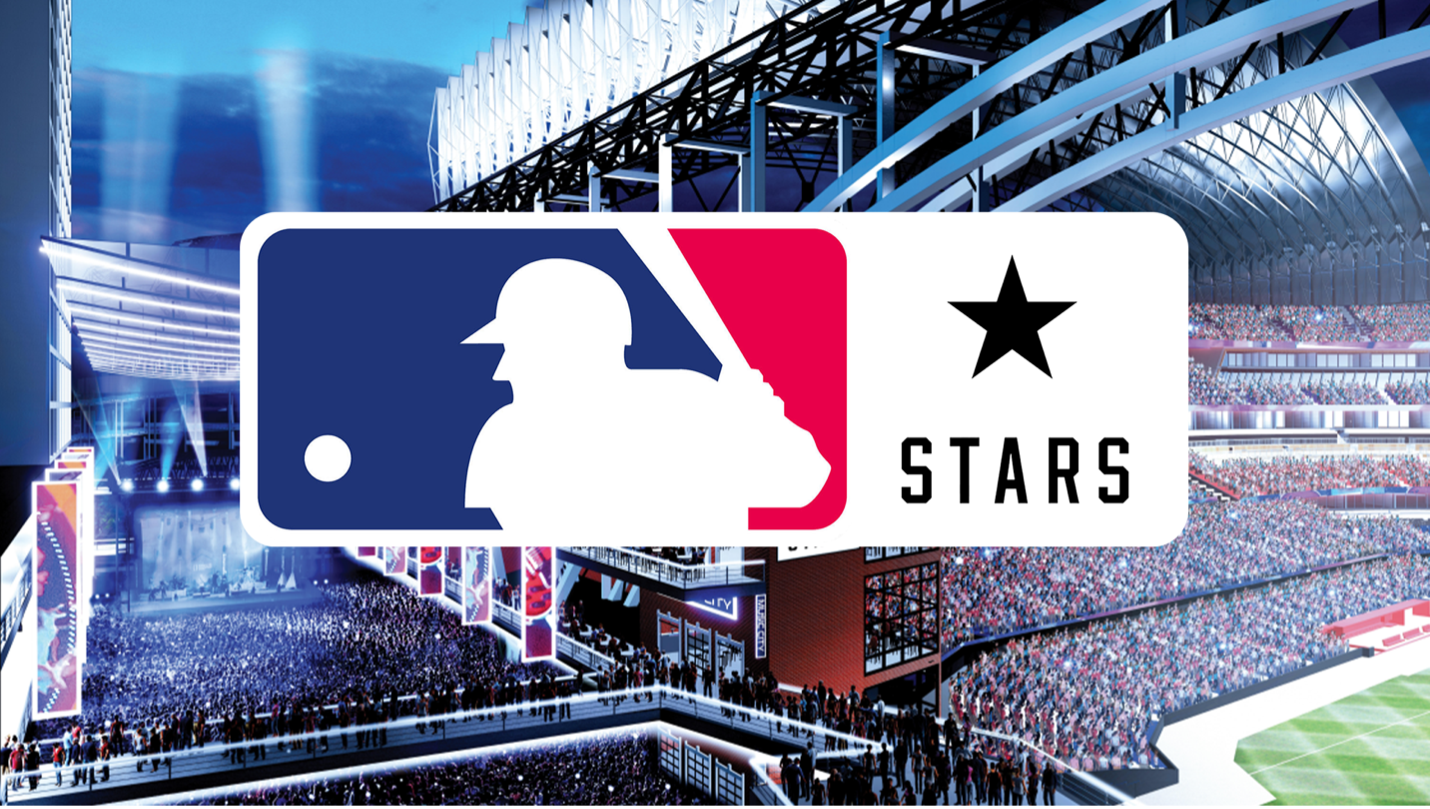By: Brock Steinke
It is no secret that the five major conferences in Division I of the NCAA generate the largest amount of revenue, landing somewhere in the ballpark of $3.3 billion in the last fiscal year.[1] The desire for money and exposure carries a lot of weight when conferences look at their future finances, and the recent NCAA landscape shows us that money may be worth much more than tradition.
For example, look at the University of Arizona and Arizona State University, who have always stuck together through love and hate. In 1978, both schools started to compete in the Pacific Athletic Conference (PAC), joining the conference as the 9th and 10th members, creating the PAC-10.[2] They stayed in the PAC-10 for the next 33 years, which would later become the PAC-12 in 2011, after adding the University of Colorado and the University of Utah.[3] However, on August 4 of this year, it was announced that Arizona State, Arizona, and Utah would depart the PAC-12 and join the Big 12 Conference, starting in the academic year of 2024.[4] While the NCAA has always held themselves to a virtue of amateurism and competitive nature to avoid writing checks for their athletes, the financial motivation within college sports can no longer be ignored. As such, the NCAA faces a much bigger potential legal hurdle involving their revenue splits and amateurism.
The NCAA is no stranger to legal troubles about whether their athletes are simply “just amateur student-athletes” or employees who are thus entitled to compensation. In 2019, former football player Lamar Dawson alleged the NCAA was his employer despite his status as a “student athlete” under the Fair Standards Labor Act.[5] In a win for the NCAA, the Ninth Circuit Court of Appeals held that a former college athlete was not employed by the NCAA.[6] This ruling further noted that precedent demonstrates that revenue does not automatically engender the existence of an employment relationship under the Fair Standards Labor Act.[7]
However, the NCAA faced a class-action lawsuit from current and former NCAA athletes in NCAA v. Alston.[8] The plaintiffs alleged that the NCAA’s prohibition of compensating athletes violated antitrust law.[9] The District Court for the Northern District of California agreed, noting that the NCAA was the dominant player in the market of college sports, and its restraints on compensation produced significant anticompetitive effects.[10] The United States Supreme Court upheld the ruling of the California Court of Appeals before it, affirming the District Court of the Northern District of California.[11] Justice Kavanaugh was particularly critical of the NCAA, saying that it was suppressing the pay of student athletes who collectively generate billions in revenue for colleges annually.[12]
The idea of compensating student-athletes had previously seemed impossible. However, after Alston, it appeared to be quite possible that the NCAA could not continue withholding compensation from its athletes forever. Yet, staring down the future of a completely changed NCAA landscape, the most powerful conferences in Division I are adding new teams left and right. Between the Atlantic Coast Conference (ACC), Big Ten, Big 12, and the Southeastern Conference (SEC), there is a total of 13 teams entering play in new conferences beginning in the next academic year.[13] Meanwhile, the soon-to-be old stomping grounds of Arizona State, the PAC-12, will be depleted to just two teams: Washington State and Oregon State as of the time of this writing.[14]
So, that brings us to the present. The stream of revenue for the universities and the NCAA will likely continue to grow, as even record rates of revenue for the ACC placed it in third place among its peers just last year.[15] While these major shifts in the college-athletics landscape may lead to even bigger revenue splits, the NCAA will likely face even larger legal challenges if their major conferences continue to monopolize. In fact, in February of this year, a three-judge panel for the Third Circuit Court of Appeals heard arguments in Johnson v. NCAA on whether college athletes are employees under the Fair Labor Standards Act.[16]
Despite legal precedent such as Dawson, the momentum towards athlete compensation from Alston could continue to snowball further into the future. And with the NCAA likely to be pulling in record revenue, the war with compensating athletes is just as likely to keep raging, with all eyes on the upcoming ruling in Johnson.
[1] Steve Berkowitz, NCAA’s Power Five Conferences are cash cows. Here’s how much schools made in fiscal 2022, USAToday.com (May 19, 2023), https://www.usatoday.com/story/sports/college/2023/05/19/power-5-conferences-earnings-billions-2022/70235450007/.
[2] Jeremy Cluff, Arizona State leaving rich Pac-12 history behind in Big 12 expansion move, AZCentral.com (Aug. 5, 2023), https://www.azcentral.com/story/sports/college/asu/2023/08/05/big-12-expansion-arizona-state-leaving-rich-pac-12-history/70524031007/.
[3] Id.
[4] Arizona State University Media Relations and Strategic Communications, ASU and Arizona, Utah will move to Big 12 Conference, ASU Newsroom (Aug. 4, 2023), https://newsroom.asu.edu/press-release/asu-and-arizona-utah-will-move-big-12-conference.
[5] Dawson v. Nat’l Collegiate Athletic Ass’n, 932 F.3d 905 (9th Cir. 2019).
[6] Id. at 911.
[7] Id. at 910.
[8] NCAA v. Alston, 141 S. Ct. 2147 (2021).
[9] Id. at 2151.
[10] Id. at 2157.
[11] Id. at 2166.
[12] Id. at 2168.
[13] ESPN Staff, NCAA 2023: College football realignment tracker, ESPN.com (Sep. 1, 2023), https://www.espn.com/college-football/story/_/id/35804245/cfb-conference-realignment-tracker-2023.
[14] Id.
[15] Aaron Beard, ACC looking for ways to boost revenue, shrink financial gap, APNews.com (July 20, 2022), https://apnews.com/article/college-football-sports-charlotte-notre-dame-fighting-irish-67e079acf8c10812590c74fad0e30b63.
[16] Michael McCann, Conference Realignment Harms Legal Case for NCAA Amateurism, Yahoo.com (Aug. 5, 2023), https://sports.yahoo.com/conference-realignment-harms-legal-case-162430544.html.



